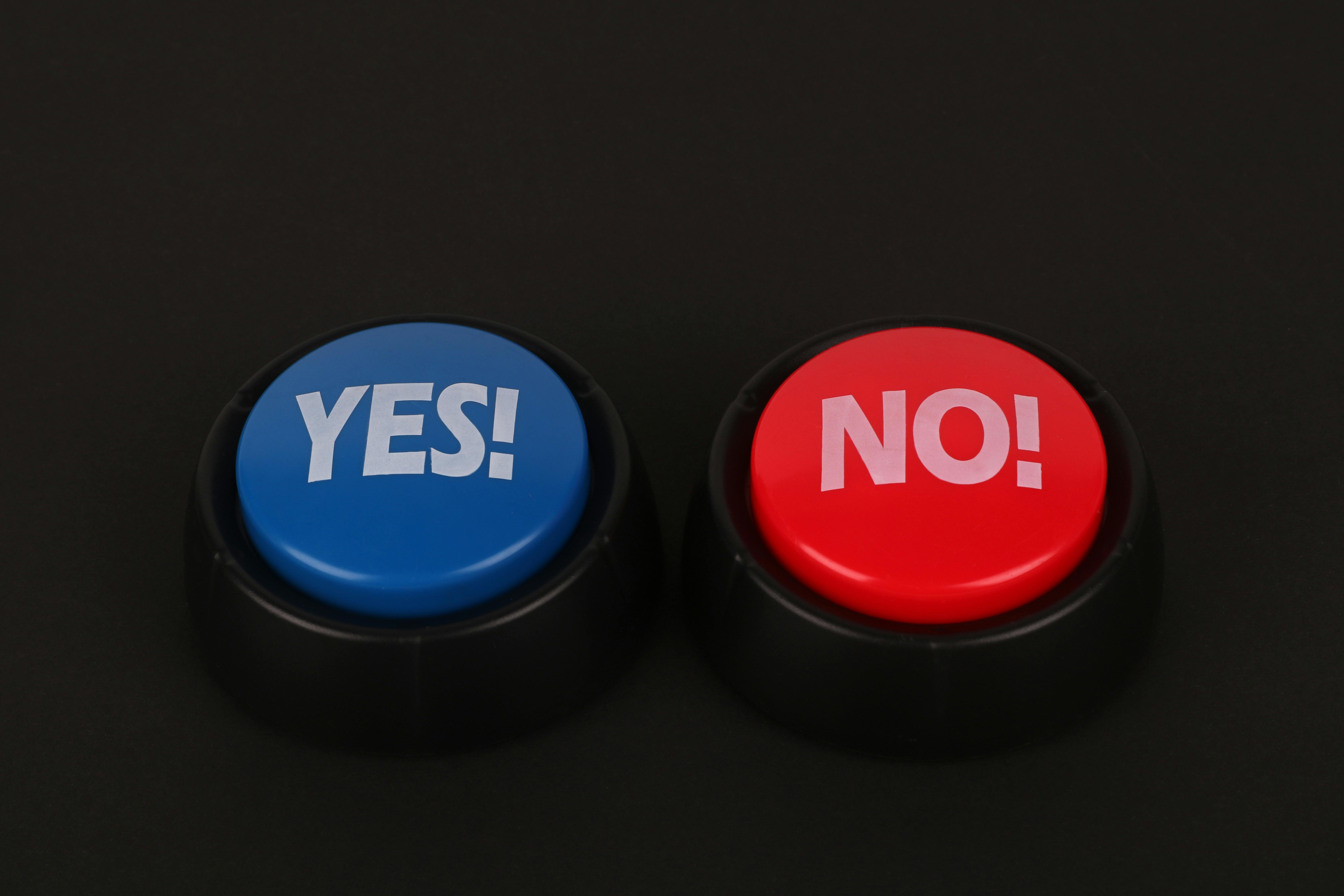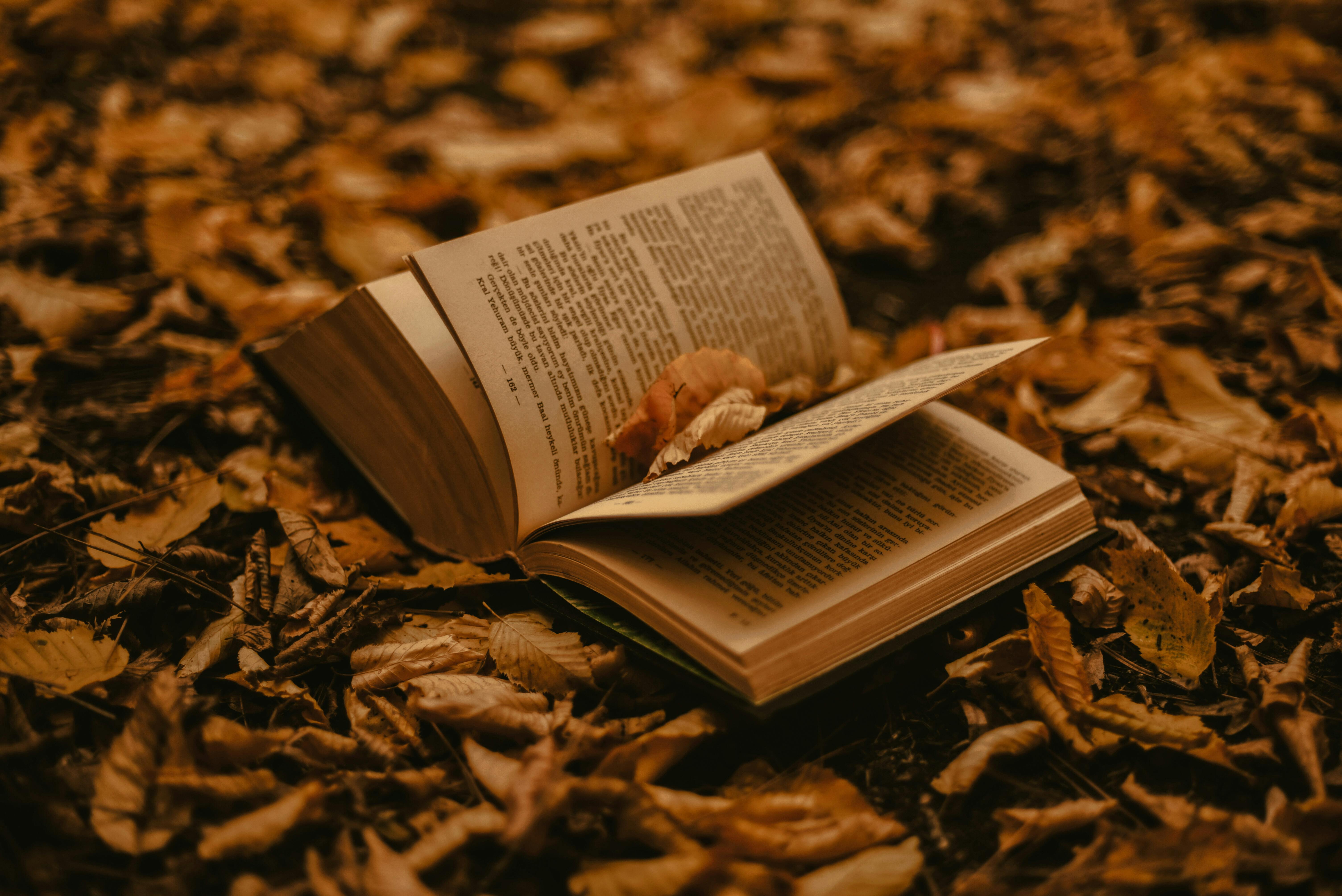How to Use the Romance Formula to Develop Friendships, Partnerships, and Rivalries

By Emilie Serna and David Griffin Brown
A fantastic way to build character is through interpersonal conflict. Collaboration can also do the job—when characters work toward a compromise, even if they fail and it all blows up in their faces, the reader will get to know them in a much more personal way. An interpersonal crisis is an excellent opportunity to see someone for who they really are, rather than the person they want you to believe they are. When all the characters in a story more or less get along, apart from the antagonist, there is less room to know any of them with great depth.
Characters have arcs as they learn, adapt, and change over the course of a narrative. The same goes for relationships. It is through struggle or narrative work (conflict or collaboration) that relationships come alive on the page. Tension rises and falls along the way; these struggles and challenges demonstrate the dynamics of the personal and interpersonal.

In fact, the same tools romance authors use to build to a promised HEA (happily ever after) can be applied to develop strong friendships, fellowships, partnerships, and even rivalries—across all genres. As we go through each stage of the romance formula (or the relationship cycle as we prefer to call it), we will compare the interpersonal evolution between Sam and Frodo in the Lord of the Rings as well as Katniss and Peeta in the Hunger Games.
Breaking Down the Relationship Cycle
Initial encounter
In a romance, this is the meet-cute moment or inciting incident since the protagonist’s narrative goal is to fall in love. At the beginning of a non-romantic relationship, this may be the scene where the characters first meet or are introduced, or it may involve two acquainted characters discovering they have a shared goal.
The initial encounter doesn’t need to be momentous, but it’s a great opportunity to strike an initial note of tension. Keep in mind, awkwardness is a fantastic, subtle form of conflict!
Romance: Katniss and Peeta used to go to school together, and he once gave her bread when her family was starving, so they start out acquainted. However, Peeta is chosen as the male tribute from their district, and Katniss volunteers to take her sister’s place as the female tribute, so at the outset, they will meet each other in the Hunger Games as mortal rivals.
Friendship: Sam and Frodo grew up together in the Shire, and while they are friendly and familiar, Sam is Frodo’s gardener, so in the beginning there is some distance between them in terms of social hierarchy. In other words, there is room for their friendship to deepen. Sam volunteers to join Frodo on the quest for the One Ring out a strong sense of duty, but also a desire for adventure.
Rejection or denial

Usually one or both characters will have some reservations about the other. In a romance, one is often interested while the other won’t give them the time of day. Outside of romance, the two characters may both dislike each other, and even though they have a shared goal, they still don’t want to work together.
Consider how you can portray character prejudices or flaws through their rejection of or by the other character. This is a great show-versus-tell opportunity. What kind of character is your protagonist, and how does this clash with their counterpart? Are they elitist? Are they hoping to avoid the weird kid? Are they resentful of the other character’s recent promotion? Are they unwilling to work on a team? Maybe they’re shy, anxious, or lacking confidence. Maybe they are overeager and come on too strong.
Romance: Katniss initially rejects Peeta because of their shared goal of surviving the Games. She worries that he’ll prioritize his survival over hers, so she spurns his friendly advances.
Friendship: There isn’t a true rejection between Frodo and Sam. Though Sam is initially frightened to be caught eavesdropping by Gandalf, he is immediately eager to join Frodo on a mission to visit the elves. (And a good point here: not every stage of the relationship cycle has to appear in a narrative for the greater arc to shine.)
Three trials

The characters are forced to work together despite their differences, and often encounter three distinct trials. The trials can be interpersonal or external. Each trial should add to the story’s rising tension. Also, keep in mind that this stage typically ends badly.
Not a lot about the relationship cycle has to change when bringing to life a romance or friendship. Here is when your prospective friends or allies are faced with challenges that they have to overcome together.
In a romantic plot line, the trials are often interpersonal, like an escalating failure to communicate, but they can also be situational, like an unexpected family crisis that physically separates the would-be lovers. Outside of romance, the trials more often relate to the external conflict. For example, two police officers might be working together to solve a murder, but they disagree about what approach to take.
Romance: Katniss and Peeta are thrown into the Hunger Games together. They both focus on surviving the initial encounters—individually at first, but then Peeta finds Katniss and shouts a warning for her to run away, thus reaffirming their connection.
Friendship: There are many trials in the Lord of the Rings, and spread across three volumes. The conflict that exists between Sam and Frodo most often involves Sam pleading for his companion not to give in to the power of the One Ring. In terms of the external conflict, their relationship is rich with collaboration. Whenever Frodo gets himself into trouble, Sam is there to help.
Midpoint crisis
The two characters come up against an external crisis, usually relating to the main plot trajectory. This external crisis often strains the relationship in some way. A midpoint (sometimes called a midpoint reversal) presents a completely new problem that blindsides the protagonist and shakes up many or all of their relationships. The previous path forward is now obscured or lost completely, and from this more interpersonal conflict arises.
Romance: It’s clear that working together is better than surviving alone. However, Katniss still fears an alliance with Peeta because of what it will mean for them if they survive together until the end. Instead, Katniss ends up allying with Rue, a younger girl whom she feels compelled to protect.
Friendship: After Boromir succumbs to the One Ring’s enchantment, Frodo decides to go off on his own. He doesn’t want to risk anyone else to Sauron’s corrupting power.
Pulling together

In a romance, this is when the protagonist and their love interest come to terms with their feelings for one another. Outside of romance, the two characters will enter into a new, more willing collaboration. Perhaps the protagonist is in trouble and their friend or partner or rival comes to their aid. Or the reverse—the hesitant-thus-far friend/partner/rival sees the protagonist in trouble and jumps in to help. In this scene, any remaining ice between them finally melts. This could take place in the middle of a battle or a socially catastrophic dinner party.
Romance: Seneca Crane announces a change in the rules—two contestants from the same district can team up and potentially leave the Hunger Games together. Katniss finds Peeta, but he’s badly injured. They hide out together as she helps him recover.
Friendship: When Sam sees Frodo setting off alone in a small boat, he rushes into the water, desperate to follow. However, Sam can’t swim, so Frodo must rescue him. Thus they are committed to undertaking the next stage of the quest together, but without the rest of the fellowship.
Relationship high point

This is when your protagonist and their romantic interest are madly in love, and all their friends hate them for it. The honeymoon stage, if you will. For non-romantic relationships, this is when the protagonist achieves something with their friend or ally that they couldn’t have done on their own—and the relationship is solidified because of it. Rather than a kiss, your characters might hug, or exchange some other nonphysical affirmation of trust or companionship.
(Is your protagonist the touchy-feely type? Or do they prefer stoic grunt-and-nod affection? You see what we mean about getting to know your protagonist through the situations you put them in?)
At this point, they are fully content in each other’s company.
Romance: This stage follows on the heals of the last. Katniss knows the viewers watching the Hunger Games want to see a love story, so the two of them play up their connection in the hopes that it helps them strategically, but in reality, they are indeed growing closer.
Friendship: In the Lord of the Rings, this stage similarly follows soon after the high point. Frodo and Sam are together; they are determined to face all the dangers of Mordor, side by side. They will need to rely on each other to survive.
The breakup
A new interpersonal and/or external conflict pulls the characters apart. This is the relationship’s dark moment, which might also coincide with the protagonist’s dark moment in regard to the main external conflict.

Contented protagonists don’t make for a very interesting third act (…or first… or second). Of course, something has to come between the new friends or lovers. This doesn’t need to be a “breakup” in a traditional sense, but friendship breakups can be even more emotional than romantic ones. Maybe old prejudices come back into focus, and your main character can’t stand the judgement that they get from hanging out with the weird kid. Perhaps their new friend was an alien all along. Perhaps they discover a crucial clue their partner hid from them at the beginning of the murder investigation. Whatever your genre, this is a great place for a new spike of interpersonal conflict.
Romance: Seneca Crane changes the rules again—Katniss and Peeta will need to fight each other if one of them is to survive. However, their bond has become too strong, so they resolve to eat poisoned berries and die together.
Friendship: This stage comes when Frodo believes Gollum’s lies that Sam will steal the ring, and decides to leave him behind.
The sacrifice/apology and declaration

The relationship has been tested, and it comes out stronger. Both characters move forward with a slightly altered perspective—of themselves and each other.
We don’t want to hit you over the head with the same point, but romantic and platonic relationships aren’t very different if you dissect them like this. It all comes down to working through conflict. Even if these two characters don’t kiss at the end, your protagonist will have grown and developed through all of their dynamic relationships.
Romance: In the Hunger Games, the breakup and sacrifice are linked. Seneca Crane attempts to impose the breakup (forcing them to kill each other), which backfires when Katniss and Peeta attempt suicide. This is their mutual sacrifice.
Friendship: Gollum leads Frodo onward after the breakup, while Sam tries to stay on their trail. But then Gollum betrays Frodo—he is paralyzed by a giant spider; Sam finds him but believes he has died, so he takes the One Ring and continues on alone. This section lasts up until Sam finds Frodo alive in an orc stronghold and is able to rescue him. The friends are reunited and recommitted to finishing the quest together.
Resolution
Together the larger story’s conflict is resolved—or, in finally resolving an interpersonal conflict, the protagonist is finally able to complete their quest or achieve their goal. As such, the ending of a novel gives readers a sense of closure in terms of the protagonist’s main narrative goal as well as the relationships that they forged along the way.
Romance: Katniss and Peeta are saved from death and allowed to leave the Hunger Games and return to their district. Their romance cycle has cemented their bond, even if they were somewhat pretending to be in love. Their happily-ever-after is not yet a sealed deal, but of course this is a series, so their relationship will continue to develop in the sequels to come.
Friendship: At the climax, Sam again comes to Frodo’s aid. Gollum falls into the fires of Mount Doom along with the One Ring, and the two saviours of Middle Earth are at last free to return home together to the Shire.
From Happily Ever After to a New Bestie
This isn’t a roadmap that needs to be followed absolutely. Indeed, if a plot arc is too rigid, it becomes recognizable. However, you will find these foundational structures as much in literature as in pop fiction.

Life is complicated, and fiction writers (and even memoirists) simulate this complexity through plot entanglements—that is to say, through subplots or B-stories. By giving due consideration to your protagonist’s relationships—romantic and otherwise—you will discover a wealth of potential narrative depth. Weave these interpersonal stories into your novel in order to bring more life to your characters, setting, and conflict.
For more information about the importance of plot entanglements, check out this article: Situation Versus Plot.






